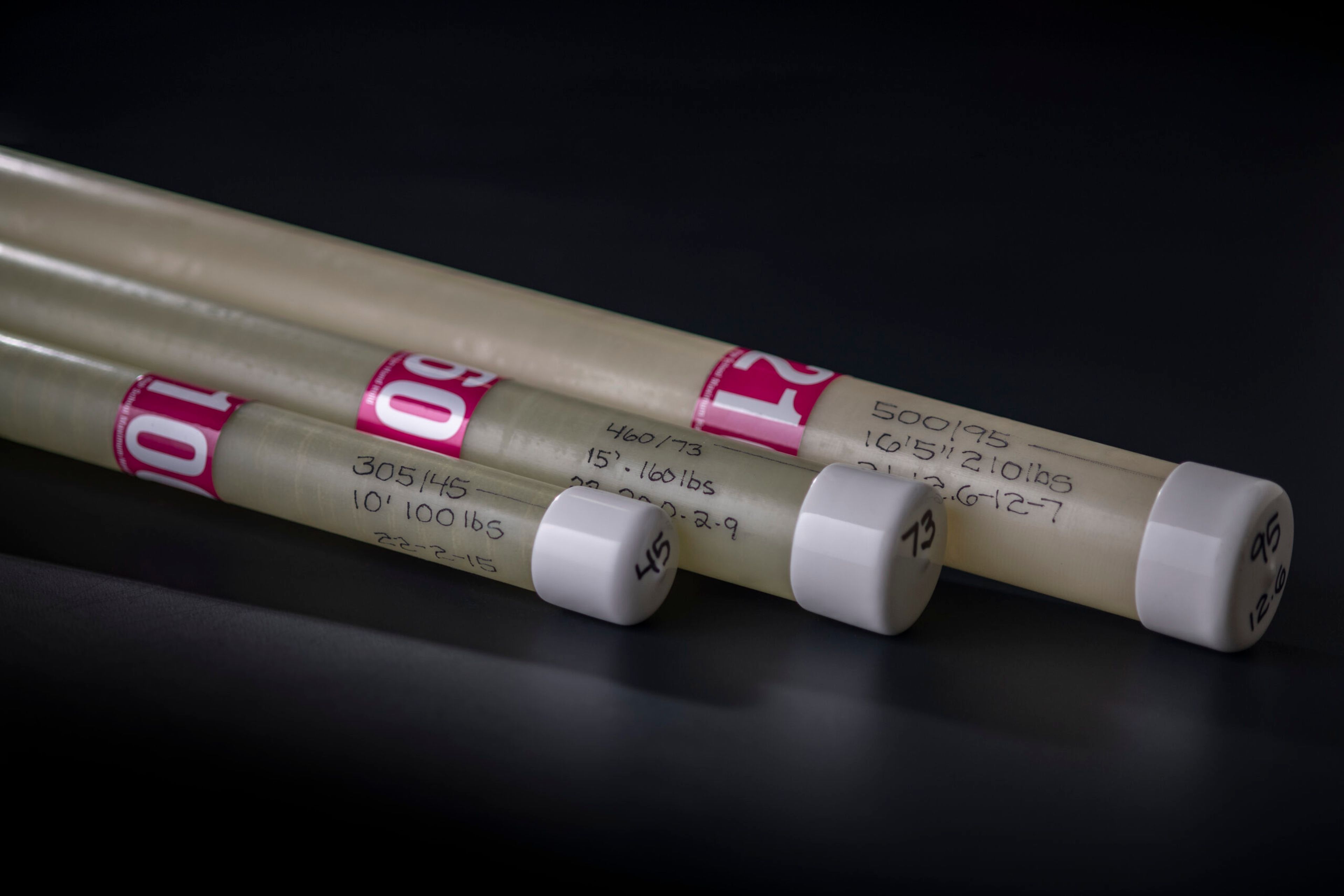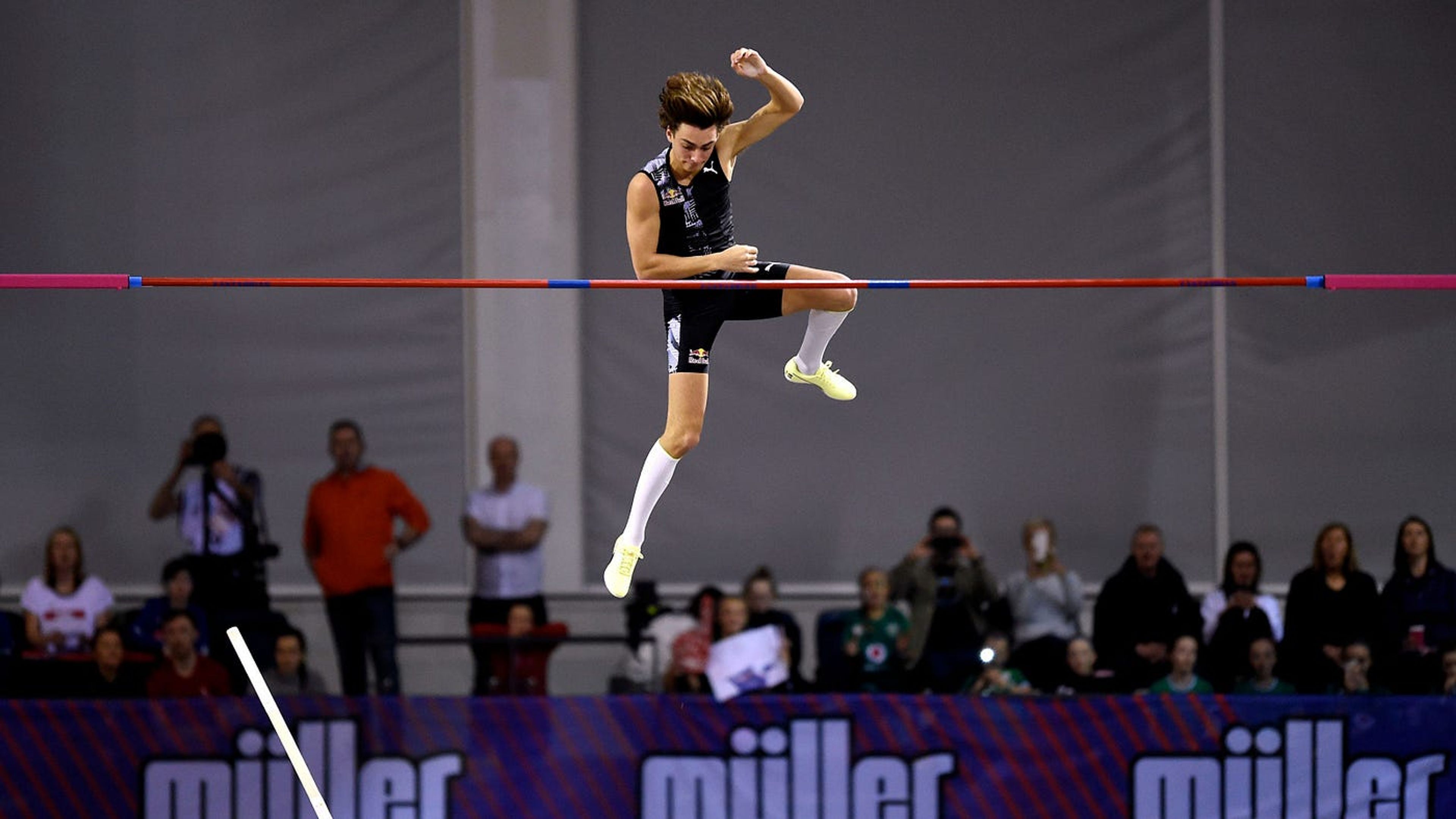Mastering Grip Height in Pole Vaulting: When to Raise or Lower Your Grip for Optimal Performance
Mastering grip height in pole vaulting can significantly impact your performance. Learn when to raise or lower your grip, how to adjust pole weight ratings, and the effects on your landing position for optimal vaults.
When to Raise and Lower Your Grip in Pole Vaulting?
Pole vaulting is a sport where small adjustments can make a significant difference in performance. One critical aspect of pole vaulting is grip height, which plays a vital role in how you transfer energy, control the pole, and ultimately where you land in the pit. This article provides in-depth guidance on when to raise or lower your grip, how to adjust pole weight ratings, and how these changes impact your landing position.

Understanding the Importance of Grip Height in Pole Vaulting
How Grip Height Affects Your Pole Vault Performance
Grip height is crucial because it influences how effectively you can convert your horizontal speed into vertical lift. When your grip is too low, you may not fully utilize the pole’s potential energy, leading to a lower vault. Conversely, a grip that’s too high can cause issues with pole rotation, making it difficult to clear the bar. Elite athletes like Mondo Duplantis have shown that finding the optimal grip height is key to maximizing performance, balancing speed, strength, and technique.
The Relationship Between Speed, Strength, and Grip Height
Speed and strength are closely tied to grip height. The faster and stronger you are, the higher you can grip the pole. However, this also requires a proper technique to ensure the pole bends adequately and rotates correctly into the pit. If you increase your grip height without the necessary speed or strength, you risk underperforming or even injuring yourself.

Signs It's Time to Raise Your Grip in Pole Vaulting
Consistently Clearing the Bar with Room to Spare
If you’re consistently clearing the bar with ease and landing deep in the pit, it might be time to raise your grip. This adjustment can help you maximize the height you clear, utilizing the full potential of the pole.
Increased Speed and Power During Your Approach
As your approach speed and power improve, raising your grip allows you to leverage these gains. Higher grips can lead to higher vaults if your speed and strength are sufficient to support the increased load on the pole.
Improved Technique and Pole Control
If you’ve refined your technique and gained better control over the pole, raising your grip can further enhance your performance. However, be cautious not to overcompensate, as this could lead to technical issues like stalling or under-rotating the pole.
When to Lower Your Grip in Pole Vaulting
Struggling to Clear the Bar or Consistently Stalling
If you’re having difficulty clearing the bar or stalling mid-vault, it may indicate that your grip is too high. Lowering your grip can help you regain control and ensure better penetration into the pit.
Experiencing Loss of Speed or Control
A decrease in speed or control, especially under fatigue, may require a lower grip height to maintain proper vaulting mechanics and ensure a safer landing.
Adjusting to New or Heavier Poles
When switching to a new or stiffer pole, it’s often necessary to lower your grip initially. This allows you to adapt to the pole's different dynamics without compromising your technique.
Using Pit Landing Position to Determine Grip Height Adjustments
Landing Too Deep
Landing too deep (beyond 7 feet behind the box) suggests your grip height may be too low. Raising your grip will help bring your landing closer to the ideal spot, allowing you to better control the vault and maximize height.

Landing Too Short
Landing too short indicates that your grip might be too high or that the pole is too stiff. Lowering your grip or switching to a lighter pole (5 pounds less) can help improve your landing position and vault efficiency.
Holding Too High
Holding too high without the necessary speed or strength can cause issues such as landing short or stalling. Lowering your grip or using a lighter pole can help maintain proper technique and landing position.
How to Adjust Your Grip Height Safely
Gradual Adjustments for Optimal Performance
Make small, incremental changes to your grip height—typically 1-2 inches at a time. This allows you to adapt gradually and monitor the effects on your vault without risking technical flaws.
Monitoring Your Performance and Adjusting Accordingly
Keep track of your bar clearance, landing position, and overall vault performance to determine if your grip height adjustments are effective. Adjust based on what works best for your current speed, strength, and technique.
Working with a Coach to Fine-Tune Your Grip Height
Always consult with a coach when adjusting your grip height. They can provide valuable feedback and ensure that your adjustments align with your overall training and competition goals.
Common Mistakes to Avoid When Adjusting Grip Height
Overcompensating for Technique Flaws
Raising your grip to compensate for other technical issues can create more significant problems, such as poor pole rotation or stalling mid-vault. Focus on correcting technique before making grip height adjustments.
Ignoring Feedback from Your Performance
Don’t ignore signs like consistent failure to clear the bar or poor landing positions. These are indicators that your grip height might need adjustment, and failing to address them can hinder your progress.
Rushing the Process of Adjustment
Patience is key. Rushing through grip height adjustments can lead to instability in your vaulting technique. Make sure each change is deliberate and based on observed performance metrics.
Expert Tips on Grip Height from Elite Pole Vaulters
Insights from Olympic Champions
Elite vaulters like Sergey Bubka and Renaud Lavillenie have demonstrated that higher grips, when combined with proper technique, can lead to record-breaking performances. However, they stress that these adjustments should be made with careful consideration of speed, strength, and technical proficiency.
Conclusion: Mastering Grip Height for Pole Vaulting Success
Mastering grip height in pole vaulting is a dynamic process that requires attention to detail, consistent practice, and the willingness to adjust based on your performance. By understanding when to raise or lower your grip and how to manage pole weight ratings, you can optimize your vaults and achieve new heights in your pole vaulting journey.





